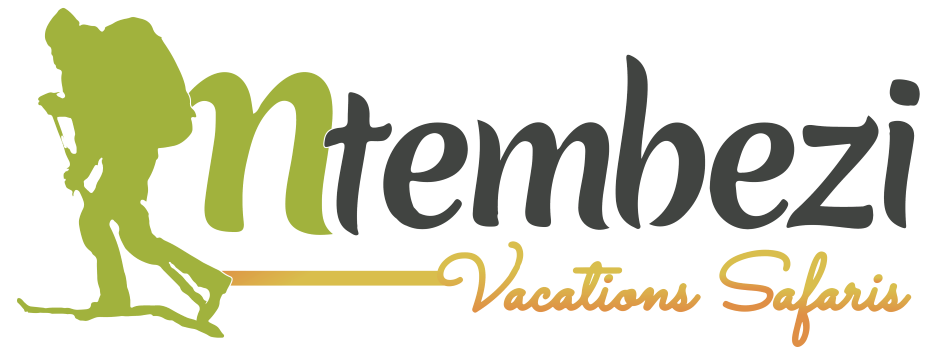The Ultimate 4×4 Self-Drive Safaris Guide in Africa
The Allure of 4×4 Self-Drive Safaris in Africa: Your Independent Adventure Across Uganda, Kenya, Tanzania, Botswana, Namibia, Malawi, and Mozambique
The African continent beckons with unparalleled natural beauty, diverse wildlife, and rich cultural tapestries. While traditional guided tours offer structure and comfort, our 4×4 Self-Drive Safaris Guide by Mtembezi African Safaris & Vacations invites bold travelers to take the road less traveled. This mode of exploration empowers you to move at your own pace, crafting a deeply personal connection with Africa’s remote wilderness and vibrant communities.
Why Choose the 4×4 Self-Drive Safaris Guide? Freedom, Flexibility & Unforgettable Immersion
Choosing the self-drive safari path gives you full control of your journey, whether it’s lingering by a lion kill at dawn, discovering a hidden sundowner spot in the bush, or venturing off-grid into lesser-known national parks. With the steering wheel in your hands, every decision becomes part of the adventure. Our 4×4 safari routes are designed to offer maximum flexibility while ensuring safety and support across borders.
Beyond the sense of freedom, self-drive safaris in Africa often prove more cost-effective for longer stays, allowing you to manage your budget through flexible accommodation and activity choices. For travelers seeking a richer, more immersive experience, without sacrificing autonomy, the 4×4 Self-Drive Safaris Guide is the ultimate tool to unlock Africa’s hidden wonders, one rugged mile at a time.
.
A Journey of Discovery and Self-Reliance.
It is important to understand that while a 4×4 self-drive safari in Africa promises immense rewards, it is not an undertaking for the unprepared. This type of journey demands meticulous planning, a robust spirit of adventure, and a commitment to self-reliance. It will undoubtedly test adaptability and problem-solving skills, ultimately enhancing a traveler’s capabilities and confidence. The profound freedom and flexibility inherent in self-drive safaris are directly linked to a significant degree of personal responsibility and the need for extensive preparation. This means that travelers are the primary decision-makers and problem-solvers, requiring a thorough understanding of vehicle capabilities, complex road conditions, local laws, and emergency preparedness.
15 TOP TIPS for self-driving in Botswana!
This proactive approach to planning and managing expectations ensures that the journey is not only inspiring but also genuinely achievable and safe for those who relish challenges and meticulous planning.
Country-by-Country Deep Dive: Your African Self-Drive Playbook
This section provides a detailed overview of what to expect when undertaking a 4×4 self-drive safari in each of the specified African countries, highlighting unique attractions, wildlife, cultural experiences, and critical driving considerations.
Namibia: Dunes, Deserts, and Desert-Adapted Wonders
Namibia stands as a land of dramatic contrasts, perfectly suited for self-drive exploration. Travelers can explore the iconic towering red dunes of Sossusvlei, including a sunrise trek up Dune 45 and a visit to the hauntingly beautiful Deadvlei’s white clay pan, with optional hot air ballooning offering a breathtaking aerial perspective. Venturing to the eerie, mist-shrouded Skeleton Coast, famed for its shipwrecks and unique coastal landscapes, often requires a 4×4 and specific permits for access.
The massive Fish River Canyon, often compared to America’s Grand Canyon, offers incredible scenery and challenging trekking opportunities. Damaraland’s rugged terrain is home to ancient rock-art sites like Twyfelfontein and petrified forests. Walvis Bay is renowned for its vibrant pink flamingo colonies, and visitors can enjoy kayaking with seals at Pelican Point or participate in seasonal whale watching. Other activities include quad biking, sunset horse riding, and city tours in Windhoek, covering historical sites like Christuskirche and Tintenpalast.
Etosha National Park is Namibia’s premier wildlife viewing destination, renowned for its numerous waterholes where a vast array of animals, including the Big Five, congregate, making game viewing exceptionally rewarding. Namibia is also unique for its desert-adapted wildlife, particularly the elusive desert-adapted elephants and endangered black rhinos found in Damaraland. Immersive experiences like rhino tracking on foot are available. Birdwatching is excellent, especially in the Caprivi Strip (over 450 species) and for flamingos in Swakopmund’s lagoons. The AfriCat Foundation at Okonjima offers close encounters with big cats like leopards.
Cultural experiences include engaging with the rich indigenous traditions through interactions with the Himba, Herero, and San communities. Windhoek’s cultural scene can be explored with city tours and vibrant festivals like the Enjando Street Festival and the German-influenced Windhoek Karneval. Visitors can also experience Okahandja’s bustling wood carving market and discover Swakopmund’s well-preserved German colonial architecture and history.
Self-Drive Conditions: Namibia is widely considered one of the safest and most accessible countries for self-drive safaris, boasting a generally well-maintained road network and relatively low traffic volumes. However, most roads outside urban centers are gravel or salt, which can be slippery, dusty, or corrugated. Cautious driving is essential; maintain a moderate pace (60–80 km/h) on gravel to prevent loss of control. Night driving is discouraged due to low visibility and risk of wildlife or livestock on the road.
- Always carry enough fuel (never drop below half tank in remote areas)
- Carry 5+ liters of water per person per day
- Check your tires regularly. Flats are common
- Know how to change a tire and carry basic tools
They offer 4×4 rentals, vetted lodge bookings, GPS-guided routes, and 24/7 support, making your adventure worry-free.
Namibia is often described as “best travelled by 4×4,” praised for its “well-maintained road network,” and regarded as “safe and fun if you plan well.” Compared to more challenging destinations like Uganda or Mozambique, Namibia offers a relatively gentle and confidence-building entry point for African self-drive travel.
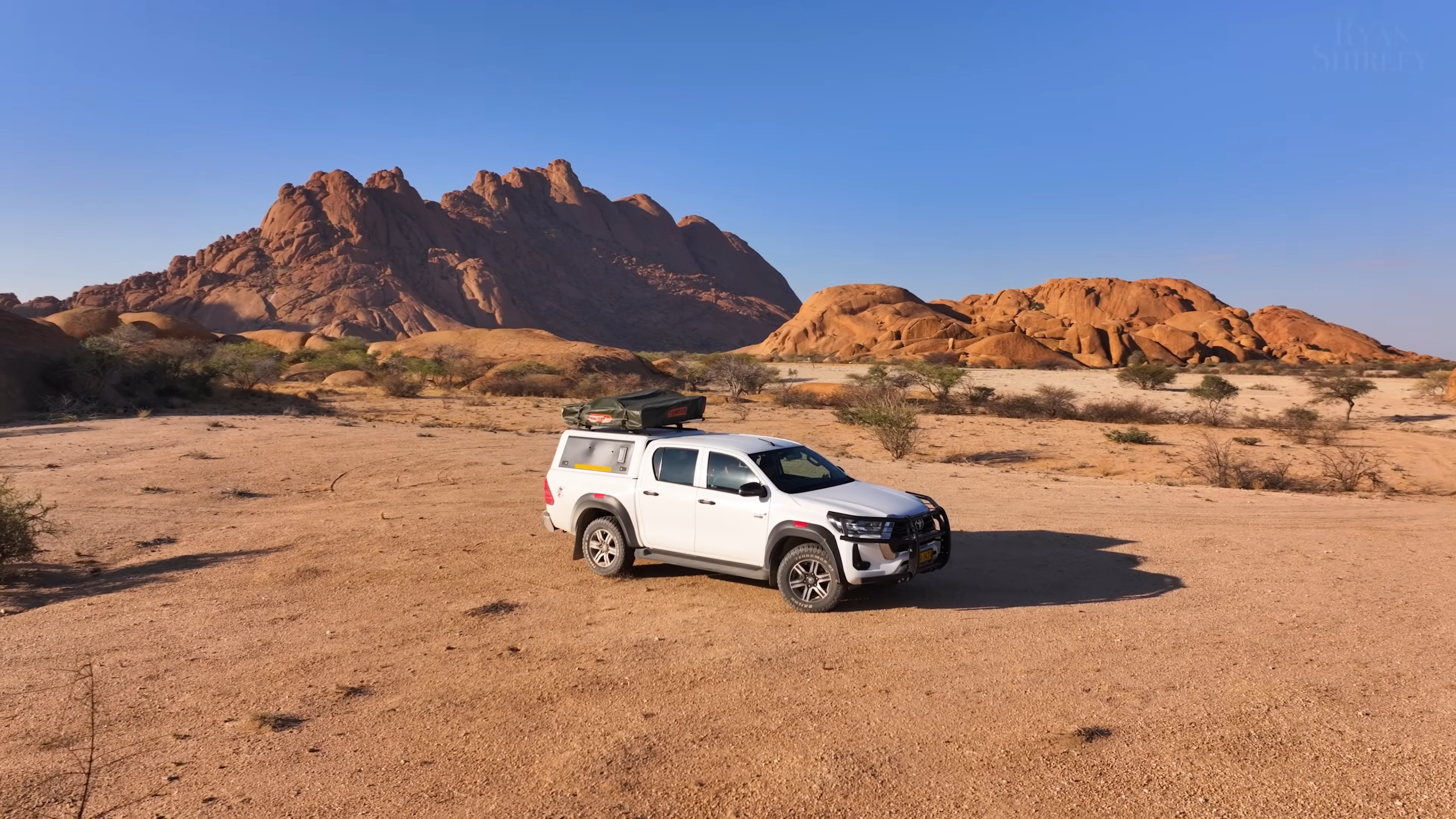
4×4 Car Hire & Jeep hire tours Namibia
Botswana: Pristine Wilderness and Waterways
Botswana offers a quintessential self-drive adventure through its pristine wilderness, where untamed nature and seclusion define the experience. With Mtembezi African Safaris & Vacations as your trusted 4×4 Self-Drive Safaris Guide, you’ll explore untouched terrain and encounter Africa’s wildest frontiers on your terms.
Key attractions include Chobe National Park, famous for its massive elephant herds and exhilarating river safaris. Venture deep into the Moremi Game Reserve and the vast Central Kalahari Game Reserve, both celebrated for their abundant wildlife and raw beauty. The Okavango Delta, a unique inland wetland, and the desolate Makgadikgadi Salt Pans, featuring Nwetwe Pan and mystical Kubu Island, offer surreal landscapes for intrepid travelers.
Botswana self-drives are frequently paired with Namibia, South Africa, or the iconic Victoria Falls (Zimbabwe/Zambia), an ideal combination Mtembezi often includes in its 4×4 Self-Drive Safaris Guide packages.
Wildlife Viewing: Expect to encounter large elephant herds, lions, leopards, and prolific birdlife. Your 4×4 vehicle gives you the freedom to access some of Africa’s most exclusive game areas.
Road Conditions: Highways are paved but can have potholes and deteriorate in places. Long, flat roads define most travel routes, but within parks, a 4×4 is mandatory. Expect deep sand, rough tracks, and seasonal flooding. Off-road skills are essential in places like Moremi and Chobe.
- Urban speed limit: 30 km/h
- Rural roads: 60–100 km/h
- Highways: Up to 120 km/h
Driving through Botswana’s parks offers unmatched immersion. Mtembezi’s 4×4 Self-Drive Safaris Guide ensures you’re well-equipped to traverse bush tracks, cross seasonal water channels, and handle sandy conditions confidently.
Safety Tips: Botswana is one of Africa’s safest countries, but self-drivers must be vigilant for wildlife on the roads, especially at dawn, dusk, and night. Avoid night driving due to low visibility and high animal activity.
- Carry ID, passport, driver’s license, and rental documents at all times
- Expect police checkpoints every 200 km
- Refuel regularly; gas stations can be far apart
- Carry extra food, water, and emergency supplies
With support from our team, your Botswana journey becomes seamless. Our self-drive safari packages provide vetted 4×4 rentals, reliable route planning, satellite navigation, and around-the-clock assistance, essentials in any serious 4×4 Self-Drive Safaris Guide.
Whether gliding past elephants at Chobe or navigating the white sands of Makgadikgadi, Botswana remains a crown jewel in African overland travel, and Mtembezi is here to guide you through it.
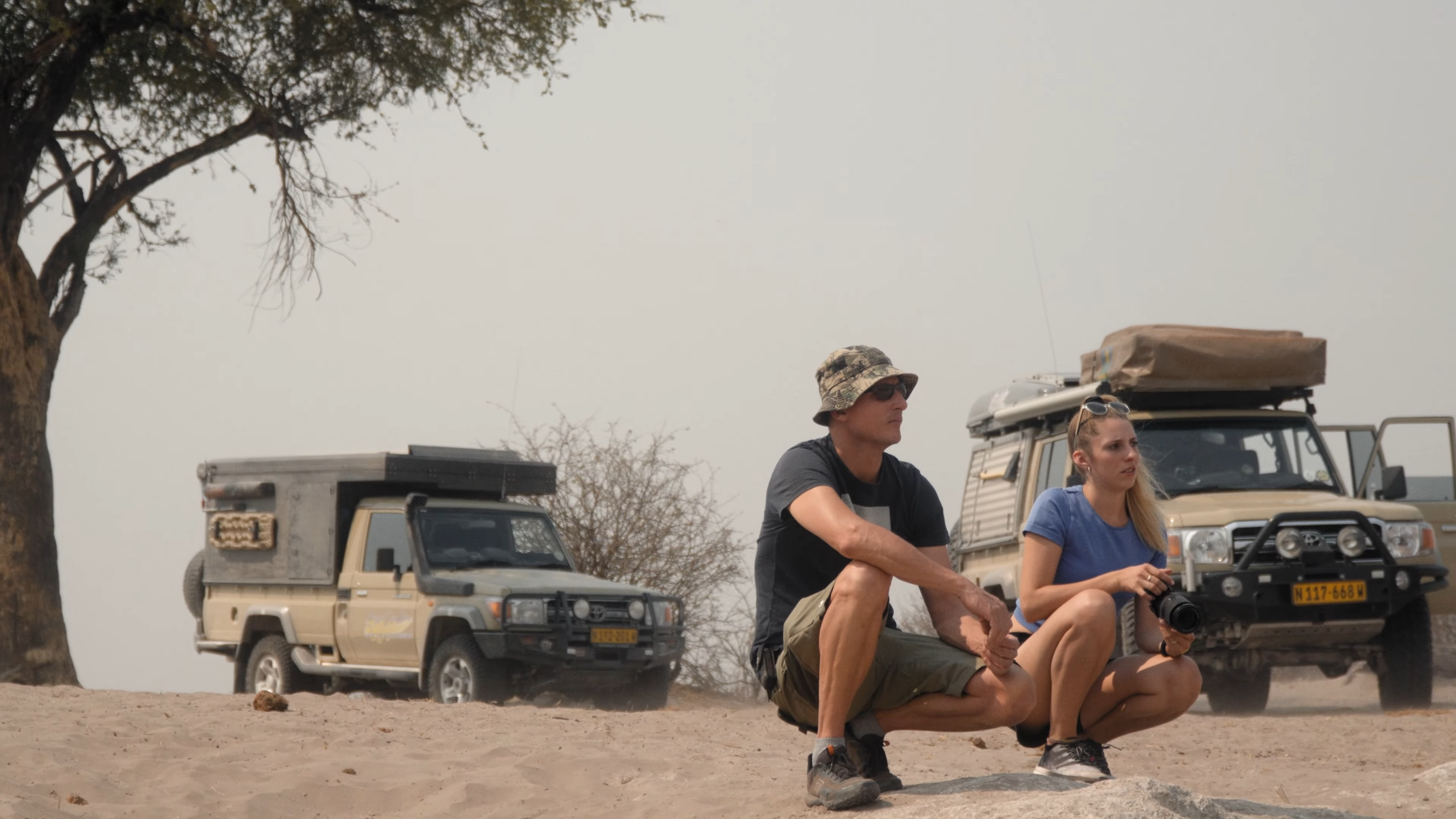
Botswana Honeymoon & Photographic Safari_Top-tailored Botswana Romantic Tour_Mtembezi African Safaris & Vacations
Malawi: The Warm Heart of Africa and Lake Adventures
Malawi, affectionately known as “The Warm Heart of Africa,” invites explorers to discover a self-drive safari centered around Africa’s third-largest lake and a string of national parks. With Mtembezi African Safaris & Vacations as your 4×4 Self-Drive Safaris Guide, you can combine aquatic adventures with wilderness discovery in one compact, welcoming country.
Lake Malawi is the star attraction, a shimmering inland sea offering hiking, birding, and incredible freshwater snorkelling and diving. Likoma, Chizumulu, and Domwe islands offer charming retreats perfect for independent travelers.
Wildlife Areas: Explore Liwonde, Majete Wildlife Reserve, Nkhotakota, and Nyika Plateau for excellent game drives, including chances to see the Big Five. Malawi’s compactness means you can combine lake, wildlife, and highland treks in a single itinerary.
Driving Conditions: Major routes (Lilongwe to Blantyre, Mzuzu) are paved and passable. Rural roads, however, can be rough, especially in the rainy season (Nov–Apr). A sturdy 4×4 is essential for accessing remote parks and lake shorelines.
- Speed limits: Urban 80 km/h, Rural 110 km/h, Highway 120 km/h
- Drive on the left side of the road
- Expect potholes, livestock, and minimal street lighting
Mtembezi’s 4×4 Self-Drive Safaris Guide for Malawi ensures you’re prepared for sinkholes, weather-related hazards, and remote routes. We help you plan stops, check fuel points, and avoid unreliable road segments.
Travel Tips: Always carry extra cash in Malawian Kwacha for fuel. Expect police roadblocks, keep your license, passport, and vehicle documents easily accessible. Avoid night driving and never pick up hitchhikers.
Petty theft and carjackings do occur, so keep windows closed and doors locked in urban areas. Never resist if confronted. A calm approach and smart preparation ensure Malawi remains an accessible and memorable destination for your 4×4 journey.
Uganda: The Pearl of Africa’s Green Heart
Welcome to Uganda, a lush, vibrant destination that rewards the adventurous spirit. With Mtembezi African Safaris & Vacations as your 4×4 Self-Drive Safaris Guide, you’ll discover dramatic landscapes, primate encounters, and deeply rooted cultures across East Africa’s most biodiverse territory.
Top highlights include gorilla trekking in Bwindi Impenetrable National Park and Mgahinga National Park, and chimpanzee trekking in Kibale Forest. Game-rich national parks like Murchison Falls, Queen Elizabeth, and the rugged Kidepo Valley offer classic Big Game safari moments with far fewer crowds.
Adventure continues with hikes in the Rwenzori Mountains, white-water rafting on the Nile, and immersive cultural experiences in Karamoja. Kampala adds urban flair with nightlife and festivals that showcase Uganda’s spirit.
Road Conditions & Safety: Uganda’s major highways are paved and manageable, but rural roads often suffer from potholes, dust, and seasonal mud. A high-clearance 4×4 is essential, especially during the rainy seasons (March–May, October–November).
- Speed limits: 50 km/h in towns, 80–100 km/h on highways
- Drive on the left side of the road
- Expect boda-bodas, livestock, and sudden obstacles
Our 4×4 Self-Drive Safaris Guide prepares you for real-world conditions: expect traffic police roadblocks (carry ID, license, vehicle docs), and avoid night driving. Remote fuel stations may be scarce. Top up frequently and carry extra water and snacks.
Gorilla & Chimp Permits: Must be pre-booked via a local operator. Gorilla permits cost $800 and chimp permits $250. Mtembezi African Safaris & Vacations arranges all paperwork and ensures you’re on the trail with verified guides.
A Yellow Fever Certificate is mandatory for entry. Uganda may be wild and raw, but with the right 4×4 Self-Drive Safaris Guide, it becomes one of Africa’s most emotionally rich and exhilarating road trip destinations.
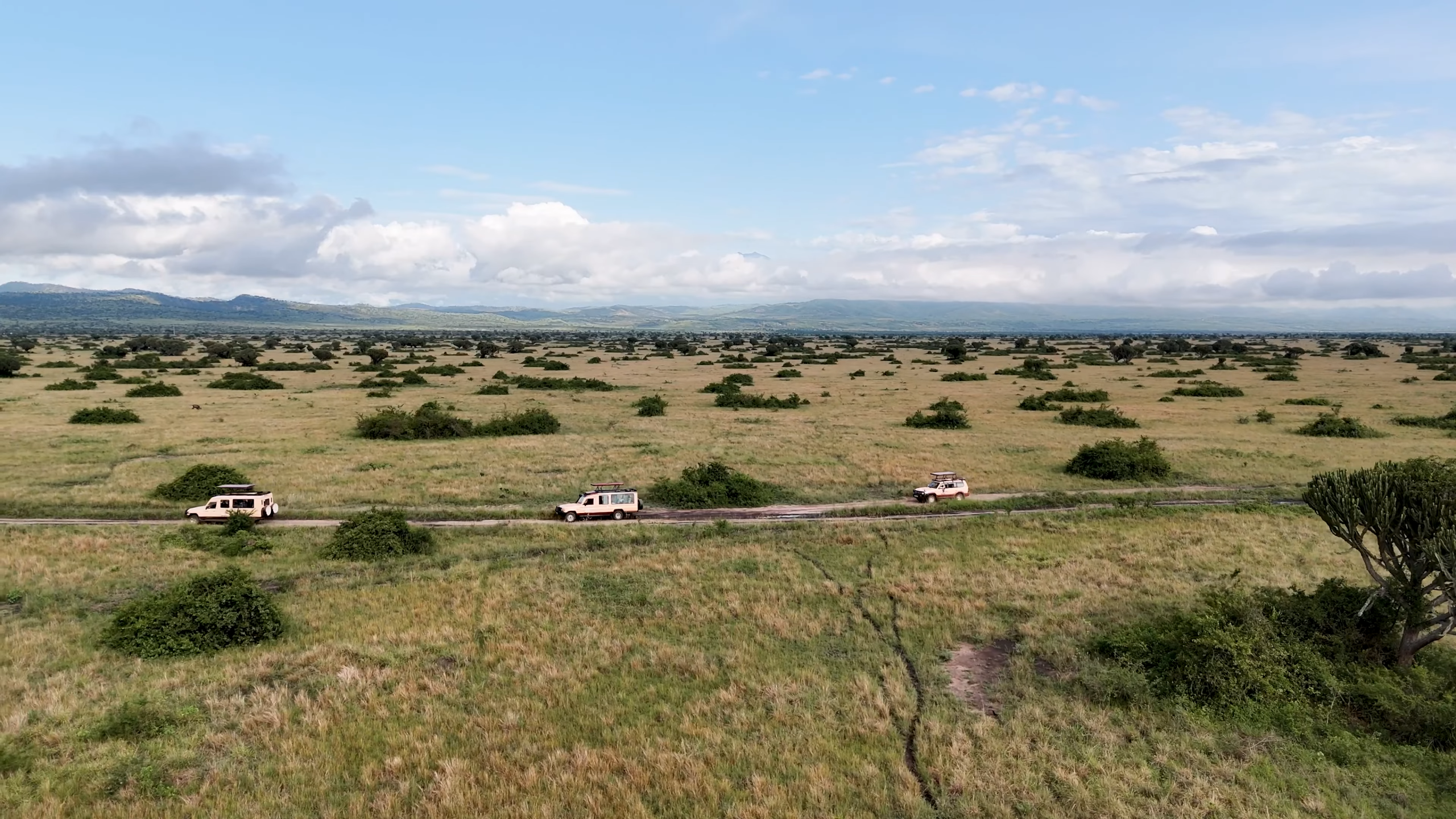
Guided 4×4 Self-Drive Safaris in Queen Elizabeth National Park
Kenya: Iconic Savannahs and Diverse Landscapes
Kenya delivers classic safari drama: golden plains, towering elephants, and lion-stalked savannahs. With Mtembezi African Safaris & Vacations as your 4×4 Self-Drive Safaris Guide, you’ll explore Amboseli’s elephant herds, Tsavo’s wild vastness, and the escarpments of the Great Rift Valley, all at your own pace.
Note: Self-driving is no longer permitted inside the Masai Mara National Reserve. However, private conservancies around the reserve and other national parks like Amboseli and Tsavo still allow 4×4 access for self-drivers.
Kenya has one of the highest concentrations of wildlife on the planet. You’ll need a solid 4×4, driving confidence, and a readiness for rugged roads. Rain can turn dirt tracks into traps, especially in Maasai Mara and Amboseli.
- Speed limits: 40–50 km/h in parks
- Left-side driving with defensive awareness
- Restricted driving hours: 6 PM to 6 AM inside parks
Mtembezi’s 4×4 Self-Drive Safaris Guide helps you navigate unmarked roads, muddy stretches, and wildlife encounters safely. Physical maps and backup chargers are a must. GPS can be unreliable in the bush.
Border Crossings: Kenya-registered vehicles are typically not allowed into Tanzania. We assist with vehicle swaps at the border and can coordinate with licensed Tanzanian operators.
Permits: All KWS park entries (eCitizen) and private conservancy permits like Ol Pejeta are fully prearranged by Mtembezi as part of your 4×4 self-drive safari experience.
Kenya is legendary, and with the right guidance, it’s fully accessible to self-drivers who crave authenticity and wildlife-rich landscapes.
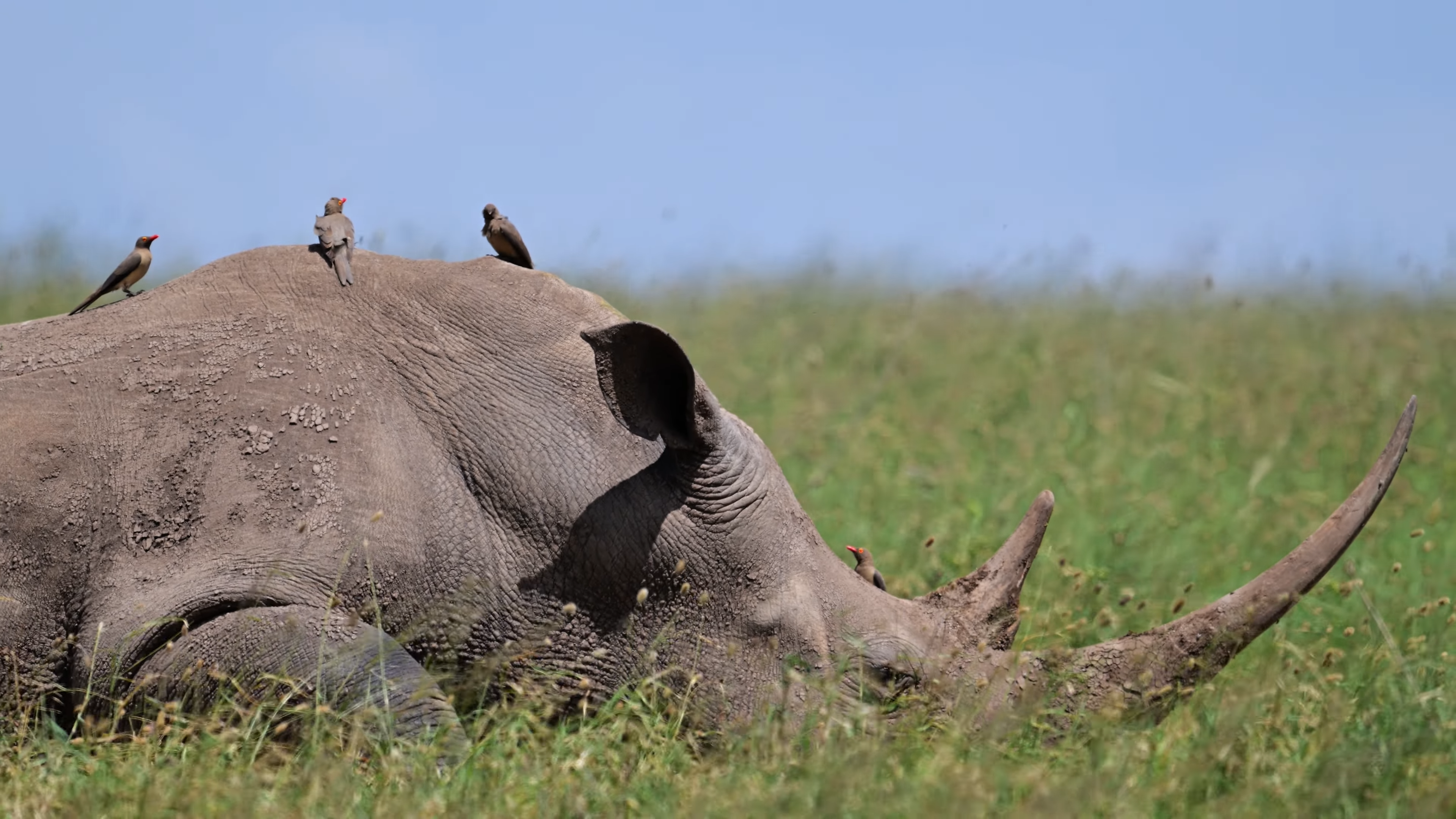
Affordable African Safari Tours_Ol Pejeta Conservancy Black Rhinos
Tanzania: The Ultimate Safari Heartland
Tanzania is Africa’s safari masterpiece. With Mtembezi African Safaris & Vacations as your 4×4 Self-Drive Safaris Guide, you’ll journey through iconic landscapes: the endless plains of the Serengeti, the dramatic Ngorongoro Crater, and the wildlife-rich circuits of Tarangire and Lake Manyara.
Game Viewing: Expect classic scenes of elephants, predators, and massive wildebeest herds. The Great Migration is one of the greatest shows on Earth, and it’s all accessible by road.
Driving Conditions: Tanzania’s main roads are generally good, but you’ll face occasional speed bumps and potholes. Gravel tracks (especially to Lake Natron or within the Serengeti) can be rough, dusty, or deeply corrugated.
- Highways: 80 km/h | Urban: 50 km/h
- Serengeti: 25 km/h limit recommended for safety
- Left-side driving with awareness of livestock and wildlife
Use of a high-clearance 4×4 is non-negotiable. Mtembezi’s 4×4 Self-Drive Safaris Guide includes practical tips for tire changes, fuel stops, and essential spares. Flat tires are common but easily fixed in most towns.
Park Permits: Ngorongoro permits must be pre-booked with Mtembezi African Safaris as your rental provider. Others can often be purchased at park gates. Campsites are surprisingly well equipped, often with working showers and clean toilets.
Requirements: An International Driving Permit is required, and night driving is not recommended due to low visibility and wildlife hazards. Always carry cash for rural stops and park entries. Tanzania offers the ultimate self-drive safari experience, a highlight of any 4×4 Self-Drive Safaris Guide itinerary planned with Mtembezi.
Zambia: Wild Wilderness and Waterfall Marvels
Zambia remains one of Africa’s best-kept secrets, ideal for adventurous travelers. As your 4×4 Self-Drive Safaris Guide, Mtembezi African Safaris & Vacations helps you explore remote parks, billion‑animal migrations, and UNESCO-listed waterfalls at your own pace.
Highlights include South Luangwa National Park, world-renowned for walking safaris, high predator densities, and bushlife aplenty, as well as the vast Kafue National Park, with its Busanga Plains and abundant big game, and the mighty Lower Zambezi National Park, where hillside game-drives meet river canoeing adventures.
Wildlife Encounters: Lion, leopard, elephant, buffalo, wild dog, and nearly 500 bird species populate Zambia’s quiet savannahs and floodplains. Canoe safaris at Lower Zambezi allow close encounters with hippos and birdlife.
Driving Conditions: Driving here requires confidence and planning. Expect long gravel tracks, river crossings, and remote conditions. A high-clearance 4×4 is essential, navigation toolkits are a must, and support arrangements are strongly recommended.
-
-
-
- Drive on the left side of the road
- Cruising speeds: rural 60–80 km/h, slower in park tracks
- Avoid night driving due to wildlife and limited lighting.
-
-
Our Mtembezi 4×4 Self-Drive Safaris Guide includes route planning from Lusaka to Livingstone or South Luangwa, advice on refuelling points, lodging suggestions, and optional canoe or walking safaris.
Victoria Falls Experience: On Zambia’s side, you can explore Livingstone, visit the falls, enjoy river cruises, heli‑flights, fishing, and adrenaline activities before continuing the drive south toward Zimbabwe or north toward Kafue.
Zambia offers raw, uncrowded wilderness and is perfect for self-drivers who want an authentic African adventure guided by expert knowledge and support.
Zimbabwe: Ancient Ruins, Waterfalls & Remote Wilds
Zimbabwe offers a diverse, culture-rich self-drive experience. With Mtembezi African Safaris & Vacations serving as your 4×4 Self-Drive Safaris Guide, you’ll explore Victoria Falls, heritage sites, and remote national parks on your schedule.
Must‑see Highlights: Grand Victoria Falls, wildlife-rich Hwange National Park, canoeing in Mana Pools, ancient ruins at Great Zimbabwe, and geological wonders in Matobo National Park and the Eastern Highlands.
Wildlife & Experiences: Hwange is home to large elephant herds, lions, cheetahs, wild dogs, and rare sightings of black rhino. Mana Pools offers walking safaris and canoe trips on the Zambezi. Matobo is famous for rhino tracking on foot and scenic kopje landscapes.
Road and Travel Conditions: Main roads vary from well-paved to gravel. Secondary roads, especially between Vic Falls, Hwange, and Bulawayo, can be rough and pothole-filled. Night driving is not advised. Requires careful tyre prep and road awareness.
- Drive on left-hand side
- Expect speed bumps and varied surfaces
- Avoid driving at dusk/night due to wildlife
Our 4×4 Self-Drive Safaris Guide by Mtembezi includes suggestions such as: start in Victoria Falls, drive through Hwange to Mana Pools, cross Lake Kariba, explore Gonarezhou, and journey north to Matobo and the Eastern Highlands, with detailed advice for campsites, ferry crossings, and border crossings.
Cultural & Scenic Stops: Visit Great Zimbabwe ruins, stroll through Matopos Hills, fish and cruise on Lake Kariba, hike the Chimanimani Highlands, and experience local arts in Bulawayo and Harare.
Whether you’re seeking wildlife, waterfalls, or cultural heritage, Zimbabwe gives self-drivers a rich tapestry of landscapes, and with Mtembezi’s expert guidance, it’s safe, immersive, and entirely yours to explore.
Mozambique: Coastal Charms and Untamed Interior
Mozambique offers a thrilling blend of remote coastal beauty and adventurous interior travel. With Mtembezi African Safaris as your trusted 4×4 Self-Drive Safaris Guide, you can explore coral-fringed shores, exotic marine life, and the rebounding wilderness of Gorongosa.
Top Coastal Highlights: Maputo, Vilanculos, Bazaruto Archipelago, and Inhambane are known for diving, snorkelling, sailing, and seasonal whale sightings. Inland, Gorongosa National Park offers wildlife viewing and conservation encounters off the beaten track.
Road Conditions: While infrastructure is improving, many roads remain below Western standards. A 4WD vehicle is required for off-highway travel, especially during the rainy season (Dec–Apr), when flooding and mud are common.
- Drive on the left side
- Speed limits: 120 km/h highways, 60 km/h in towns, 40 km/h in parks
- Unlit roads, livestock, and potholes are frequent hazards
Vehicles must carry two reflective triangles and vests, which are mandatory during breakdowns or roadside stops. Mtembezi’s 4×4 Self-Drive Safaris Guide ensures your vehicle is compliant, insured, and ready for the road.
Safety & Legal: Mozambique can pose security risks, including theft, robbery, and rare kidnappings in urban centers like Maputo. Avoid showing valuables, drive only during daylight, and do not stop for strangers. Carry third-party insurance (available at borders).
Spot fines for traffic violations are common: always request official receipts. Grey-uniformed officers cannot legally issue traffic fines. Photographing police is illegal, and any bribery should be reported to the Anti-Corruption Hotline.
Health concerns include malaria and heat exhaustion. Travel with mosquito repellent, sun protection, and emergency medication. For serious issues, medical evacuation to South Africa is usually required.
Mozambique is not for the faint-hearted, but for seasoned explorers with a reliable 4×4 and Mtembezi’s expertise, it’s a coastal-safari combo like no other.
Cross-Border Travel Checklist for Self-Drive Safaris
| Document/Item | Purpose | Notes |
|---|---|---|
| Passport (for all occupants) | Primary identification for entry/exit | Valid for 6+ months beyond trip end |
| Valid National Driver’s License | Proof of driving eligibility | Must be carried with IDP |
| International Driving Permit (IDP) | Official translation of national license | Required in many countries; always recommended |
| Vehicle Registration Document (Log Book) | Proof of vehicle ownership/registration | Original or certified copy required |
| Authorization Letter from Car Owner | Permission for rental vehicle cross-border | Provided by rental company |
| Cross-Border Vehicle Insurance | Covers vehicle in foreign countries | Confirm coverage for all planned nations |
| Yellow Fever Vaccination Certificate | Health requirement for entry | Mandatory if arriving from/transiting risk countries |
| Country-Specific Visas | Entry permission for each country | Obtain in advance or on arrival as required |
| Carnet de Passage (CPD) or Temporary Import Permit (TIP) | Vehicle temporary import document | CPD for multiple countries, TIP for single |
| Two Warning Hazard Triangles | Safety equipment (e.g., Mozambique) | Required for roadside stops/breakdowns |
| Reflective Vest | Safety equipment (e.g., Mozambique) | Worn for roadside repairs/loading |
| Basic First Aid Kit | Essential for minor injuries/emergencies | Comprehensive and easily accessible |
| Fire Extinguisher | Vehicle safety equipment | Often required by law (e.g., Tanzania) |
Best Time to Visit for Self-Drive & Wildlife Viewing (by Country)
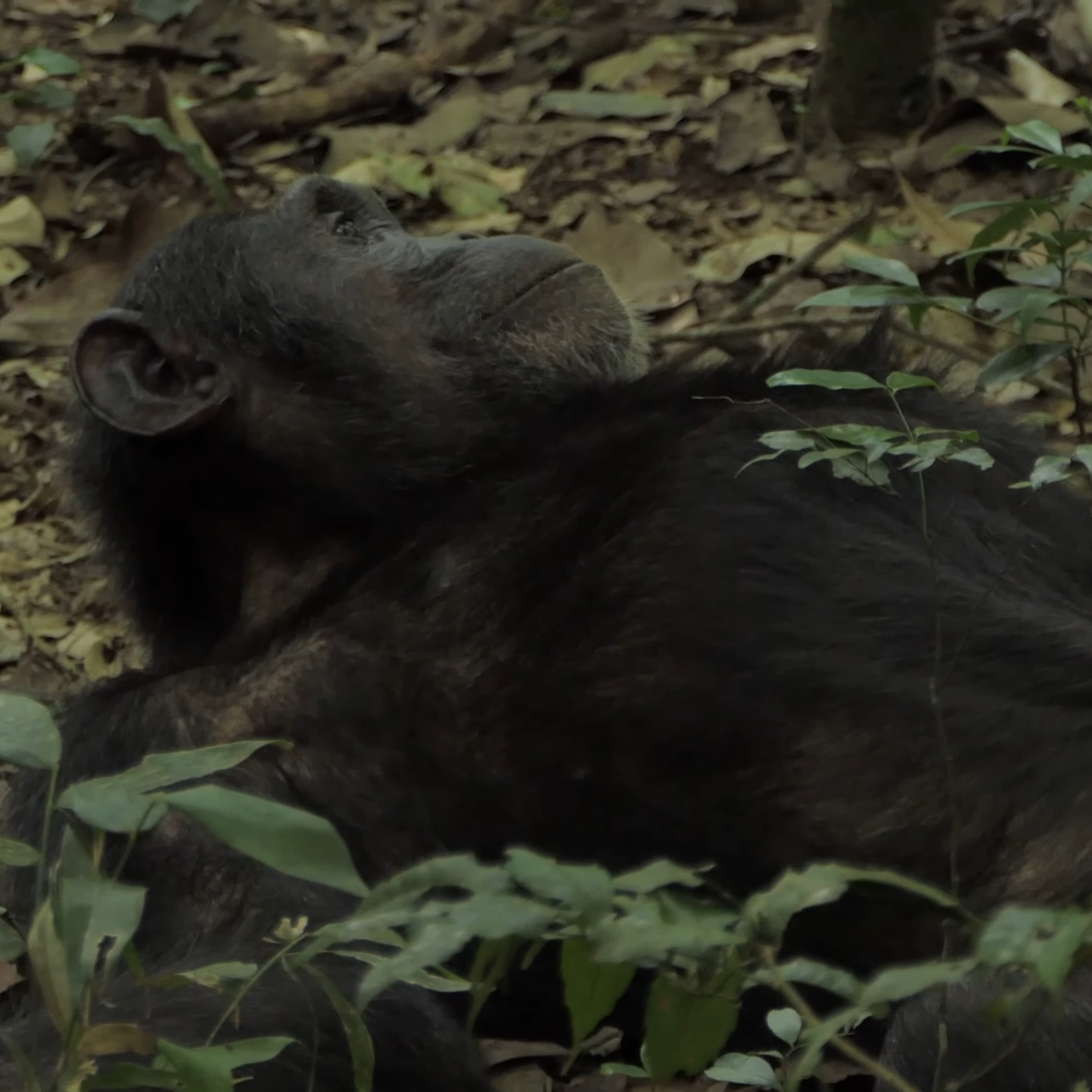
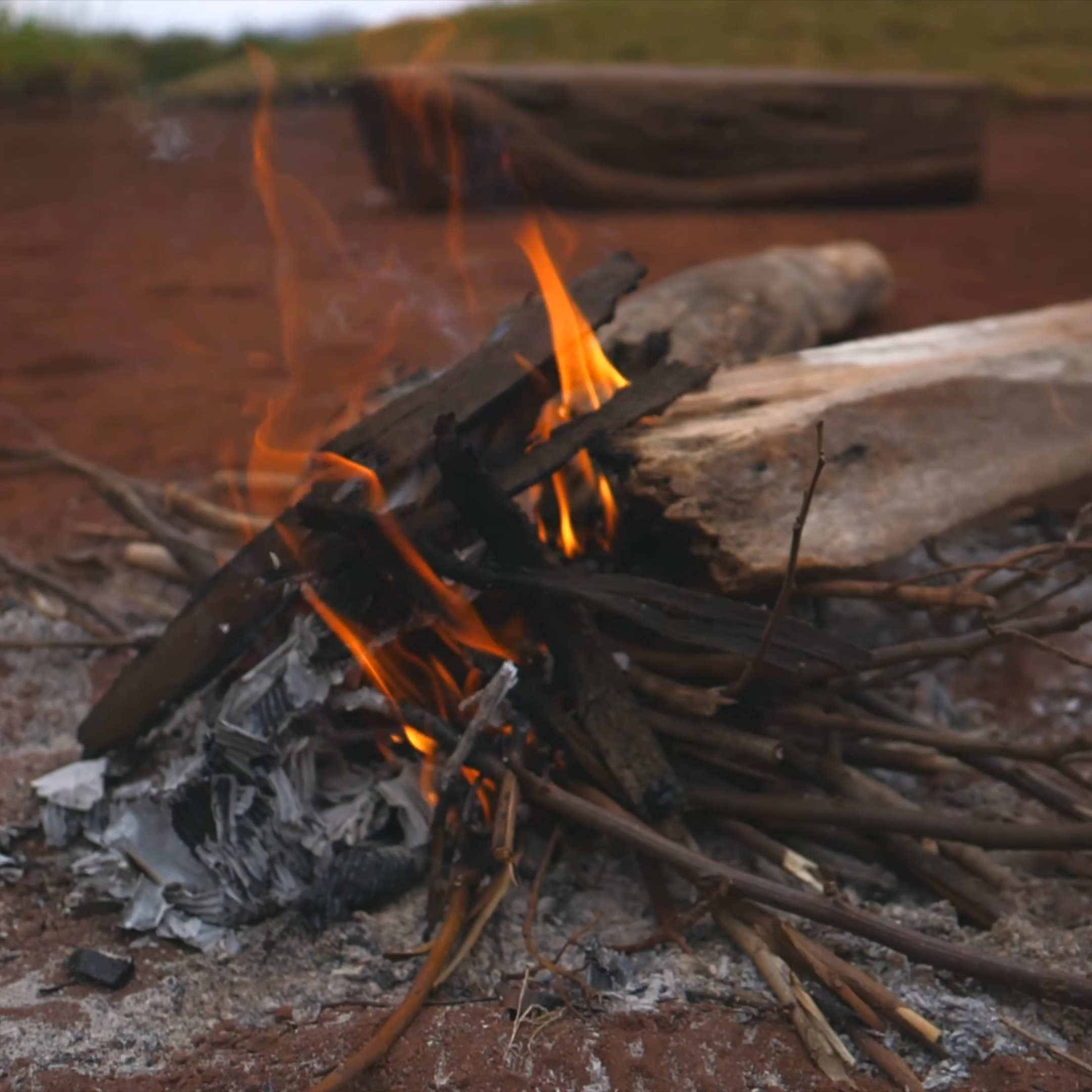
FAQs When Gearing Up for the African Road: Essential Preparations
Embarking on a 4×4 self-drive safari requires comprehensive preparation, ensuring that both the vehicle and the traveler are equipped for the unique demands of African terrain and cross-border travel.
+ Why is a 4×4 vehicle essential for African self-drive safaris?
+ What are the best 4×4 vehicles for African road conditions?
+ How do safari vehicles differ between Southern and East Africa?
+ What gear should your self-drive safari vehicle include?
+ Do I need an International Driving Permit for Africa?
+ Which visas and health documents are required?
+ How do I obtain park entry permits and activity licenses?
+ What’s the difference between a Carnet de Passage and a Temporary Import Permit?
+ Do I need special insurance for cross-border travel?
+ What type of travel insurance should I get?
- World Nomads: Adventure-focused travel insurance with flexible, 24/7 global support.
- IMG (International Medical Group): Offers travel medical insurance, evacuation, and trip protection.
- Allianz Travel Insurance: Widely trusted for trip cancellation and emergency medical coverage.
- Global Rescue: Specialises in field rescue, medical evacuation, and security services worldwide.
